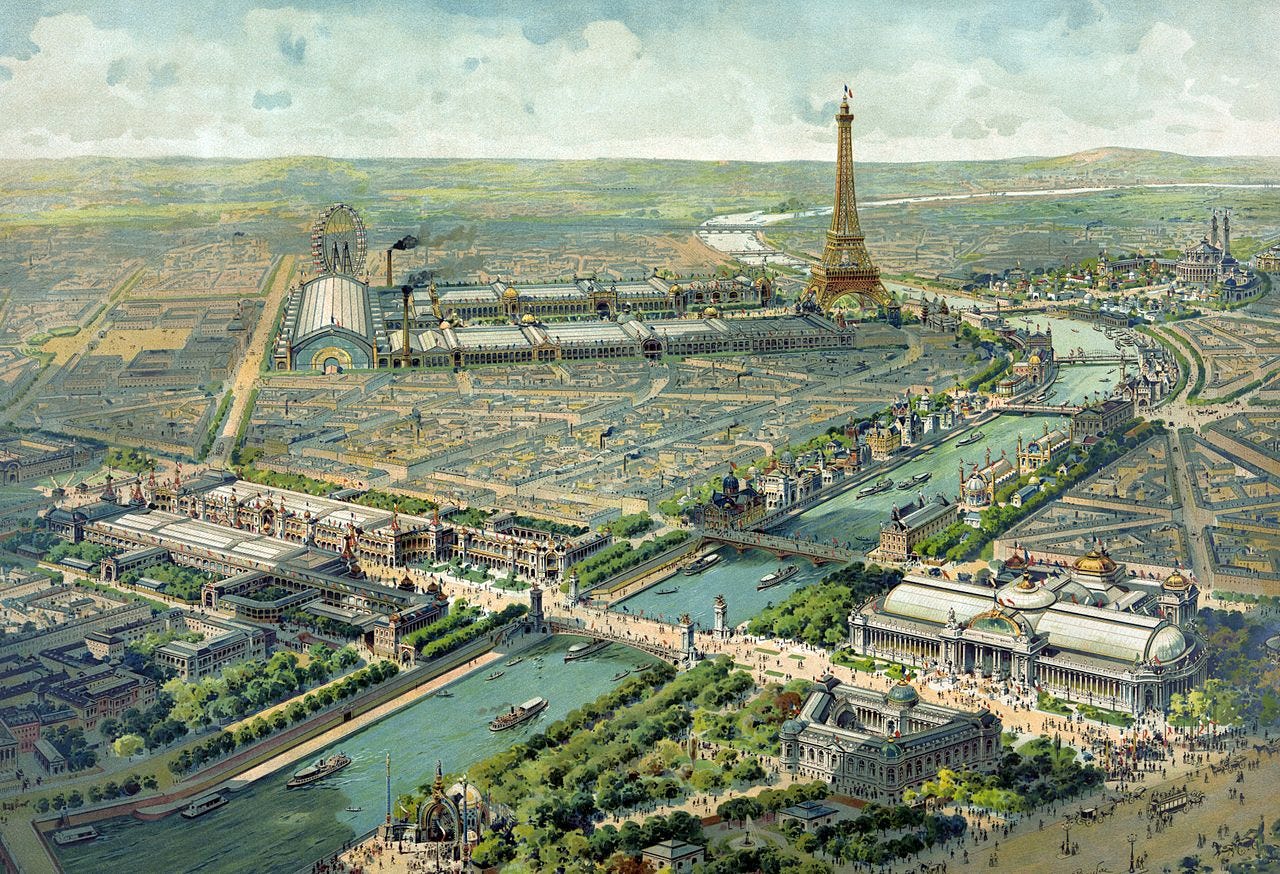Art Nouveau vs. Art Deco: What's the Difference?
Art Nouveau and Art Deco are often confused with each other. In this post, we'll learn how to tell the difference between the two.
Art Nouveau and Art Deco are two well-known art styles from the early twentieth century. Even in 2023, they continue to have an enormous influence on the arts.
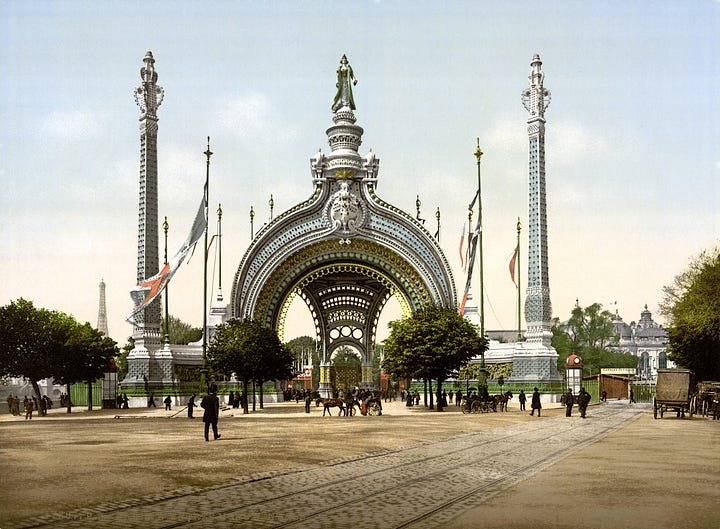
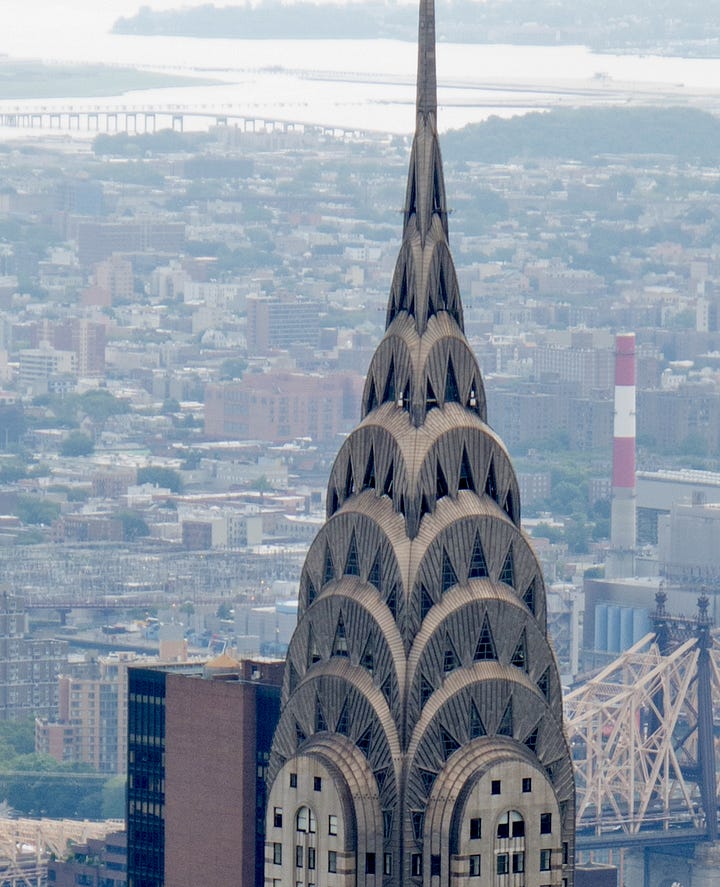
But, for some reason, Art Nouveau works are often labeled as Art Deco. Why is that? It’s a complex question, but I think it boils down to Art Deco simply being better known by the average person:
Art Deco coincided with more industrial and technological development, especially in the realm of consumer products. That’s not to say that Art Nouveau was unfriendly or hostile to technology. But by the time consumer items like the automobile or radios became mainstream, Art Nouveau was out and Art Deco was in.
Art Deco has been more influential on popular literature, film, and video games. The Great Gatsby and Bioshock (itself drawing from Ayn Rand’s novels The Fountainhead and Atlas Shrugged) are extremely well-known works associated with Art Deco – even in Beijing. I can’t think of any equivalents for Art Nouveau, other than Gustav Klimt’s paintings (technically a member of the Viennese Secession, a related movement.)
Some of the most famous structures in the world are Art Deco, including the Empire State Building, the Chrysler Building, and Christ the Redeemer in Rio de Janeiro. While there are many buildings in the Art Nouveau style, none seem to be world-famous, save perhaps the entrances to the Paris Métro, although I think most people associate them more with the city of Paris itself than with the Art Nouveau movement. The Sagrada Família also contains some Art Nouveau elements, but again, it seems to be more associated with the architect (Gaudí) than with a broader art movement.
Finally, nouveau is slightly difficult to say and spell for English speakers, while deco is short, easy, and memorable. This might seem unimportant or trivial, but I think it may actually be the single largest factor when it comes to “brandability.”
Comparing Art Nouveau and Art Deco
We could spend months talking about the intertwined histories of Art Nouveau and Art Deco, but for the sake of time, let’s focus on distinguishing the two. Specifically, we’ll look at four ways to determine which art movement an item belongs to:
Time of Creation
Curved, Whiplash Lines vs. Straight Lines and Geometrical Shapes
Themes: Organic vs. Machine
19th-century Japanese Influence
As a disclaimer, these are guidelines, not firm rules. For every guideline below, there is no doubt a counterexample.
1. Time of Creation
If you know when a painting, building, or other artwork was created, your task becomes much easier, as Art Nouveau precedes Art Deco in time. Art Nouveau was popular from the late 1880s until around 1915, while Art Deco began around 1915 and continued until the late 1930s.
Art Nouveau first developed around 1890 and reached a peak around the Exposition Universelle in 1900. The name L’Art nouveau, which means “the new art” in French, referred to new artistic developments in France, Germany, Belgium, the United Kingdom, and other European countries. Art Nouveau wasn’t a single, unified aesthetic. Similar – but not identical – movements were labeled with other names: Jugendstil (“the Youth Style”) in Germany and the Wiener Secession (“Viennese Secession”) in Austria-Hungary, for example.
So, if it was created between 1890 and 1914, it’s almost certainly Art Nouveau.
Art Deco began just as Art Nouveau was winding down in the mid-1910s. The name Art Deco, short for arts décoratifs (“decorative arts” in French) came from the name of a 1925 design fair in Paris, Exposition internationale des arts décoratifs et industriels modernes (International Exhibition of Modern Decorative and Industrial Arts.) This event can be considered the peak of Art Deco’s influence.
The Roaring Twenties and associated culture are classic Art Deco. The Great Gatsby seems to be the main touch point for Art Deco today, although the (already a decade old) 2013 film was hit-or-miss in terms of accuracy to 1920s fashions and architecture.
Technological development is also relevant chronologically. As certain things weren’t invented until after the heyday of Art Nouveau, we can generally assume they are Art Deco. For the most part, zeppelins, automobiles, skyscrapers, radios, and movie theaters mostly did not become mainstream and familiar to everyday people until at least the mid-1910s, making them Art Deco.
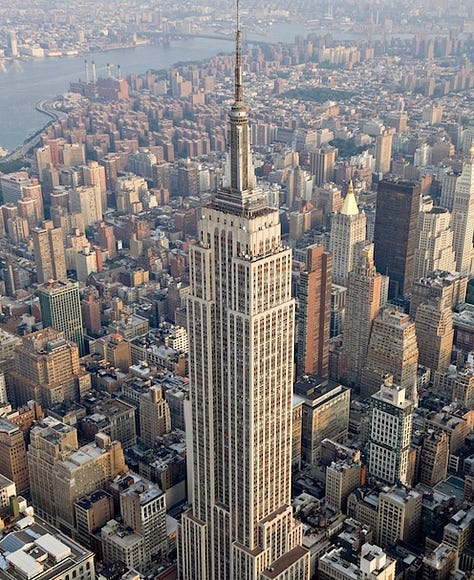
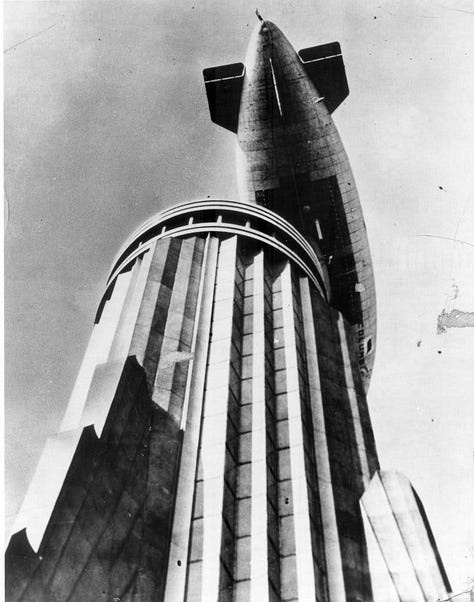
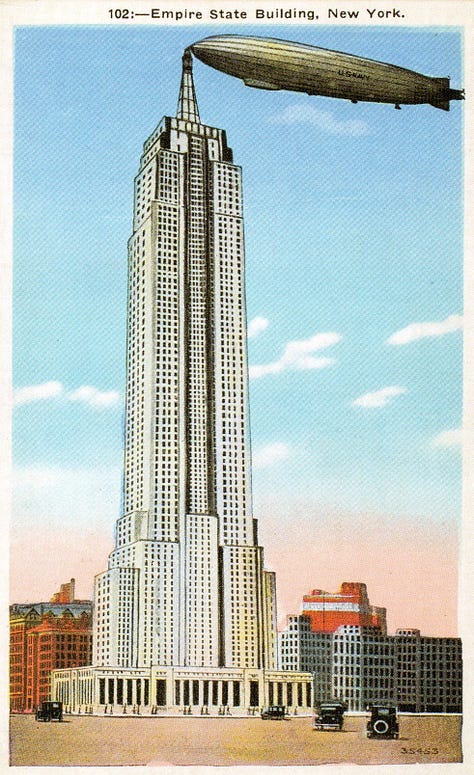
As an illustrative example, the spire on the Empire State Building (a prime example of Art Deco architecture) was originally designed to be a zeppelin docking station.
2. Curved, Whiplash Lines vs. Straight Lines and Geometrical Shapes
But what if you don’t know when the object was created? In that case, you’ll have to look at its artistic style.
A good place to start is the line. Art Nouveau works tended to use “whiplash” lines, which are curved, asymmetrical and modeled after the natural forms of flowers and plants. Whiplash lines were called “noodle lines” by critics, which also seems to be an accurate description.
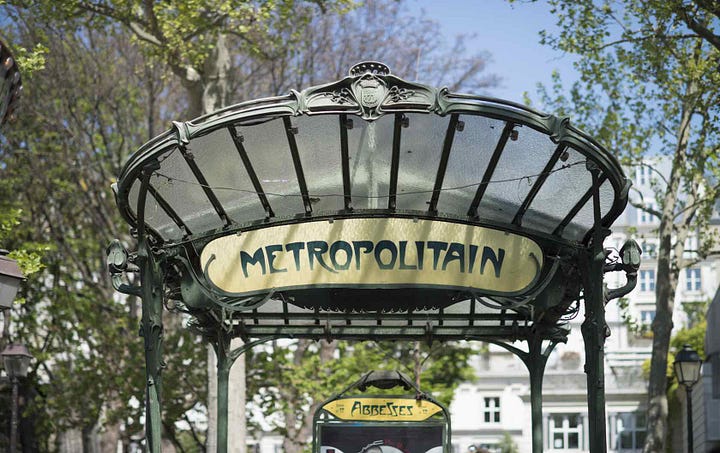
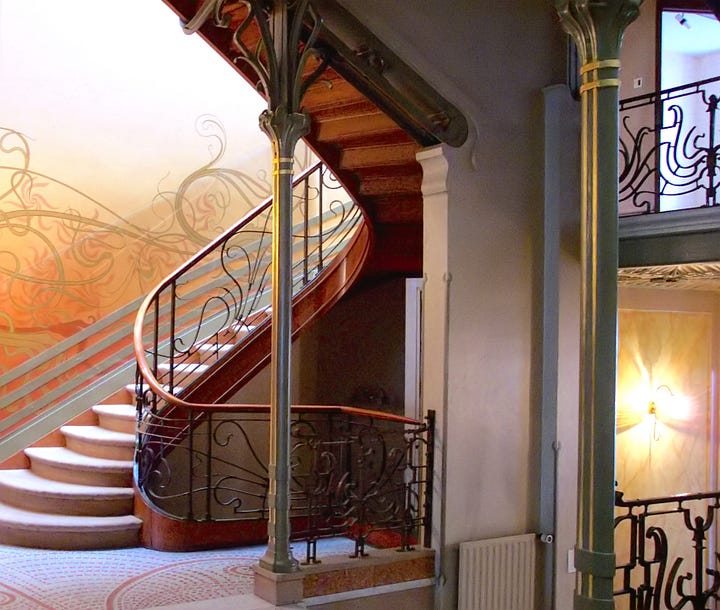
Art Deco prefers straight lines, symmetrical patterns, and identifiable geometric shapes. The overall form is simpler and more linear, with less seemingly-random curved lines:

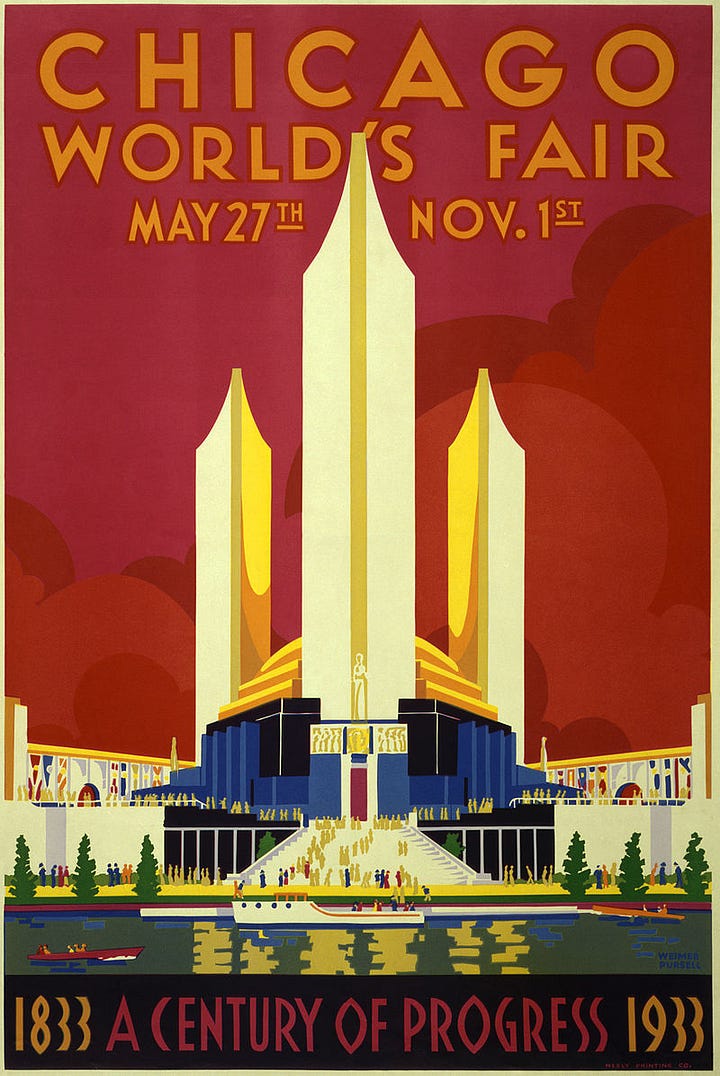
3. Themes: Organic vs. Machine
Art Nouveau and Art Deco differed thematically, as well. Forms from nature, especially from plants and flowers, were a strong influence on Art Nouveau. Art Deco, on the other hand, was a celebration of technology and thus preferred manufactured forms.
This is probably why Art Nouveau, and not Art Deco, became an influence on the 1960’s Hippie and Psychedelic movement. In a few cases, Art Nouveau works were actually used directly by 1960s artists, as you can see in the two images below.


In more recent times, Art Nouveau has been discussed as an influence on the Solarpunk genre of science fiction, as its curved lines and emphasis on organic forms align with Solarpunk themes.
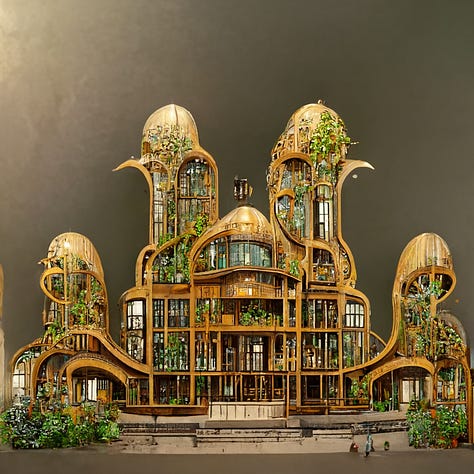
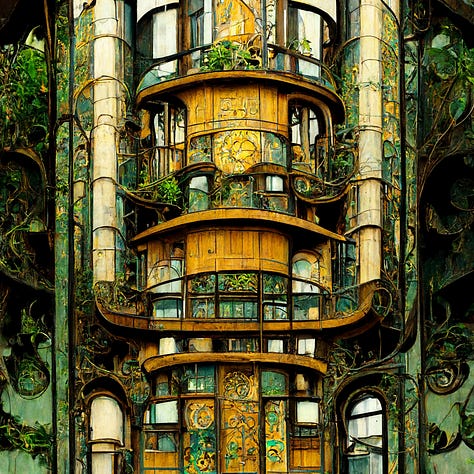

Art Deco is less interested in the natural world. Instead, the emphasis is on the machine, streamlined technology, and man-made objects and environments. Indeed, as the 1920s turned into the 1930s, an offshoot of Art Deco called Streamline Moderne emerged, inspired by the aerodynamic and hydrodynamic designs of manufactured objects like airplanes and ocean liners.
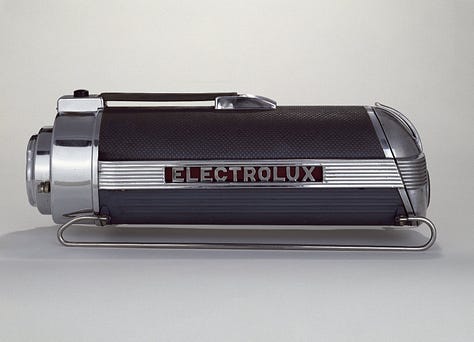
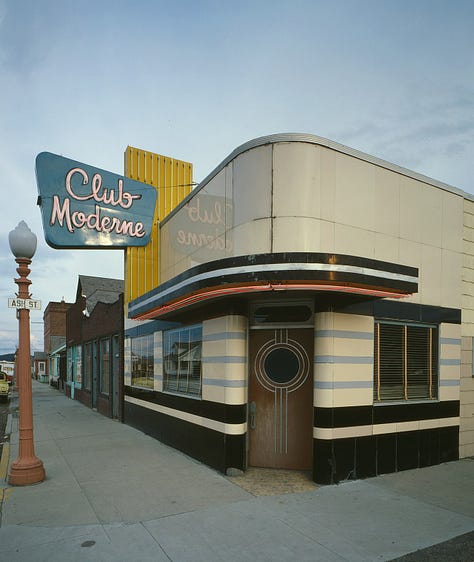
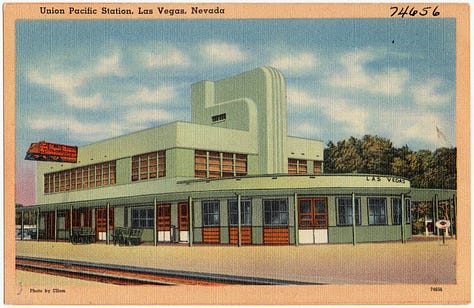
While Art Nouveau suggested that technology should draw forms from nature, Art Deco preferred that nature be presented through a technological lens. If flowers or other organic motifs were used, they tended to be geometrical and repeated, rather than curved and flowing.
4. A Japonisme Influence
In 1858, after spending over 260 years in near-isolation, Japan was forcibly reopened to trade by the fleet of Commodore Matthew Perry. Over the next few decades, large amounts of Japanese art (along with other goods) made their way to the West and became a society-wide sensation. Japanese culture influenced everyone, from Vincent Van Gogh to Frank Lloyd Wright. This became known as Japonisme.
Siegfried Bing, a German art dealer and businessman, was one of many merchants that capitalized on this new cultural exchange. In 1895, he opened a gallery in Paris. Its name – La Maison de l’Art Nouveau – is the ultimate source of the name Art Nouveau, although the phrase l’art nouveau was used earlier. Bing also started a magazine about Japanese art, Le Japon Artistique, which had a huge influence on artists like Gustav Klimt.
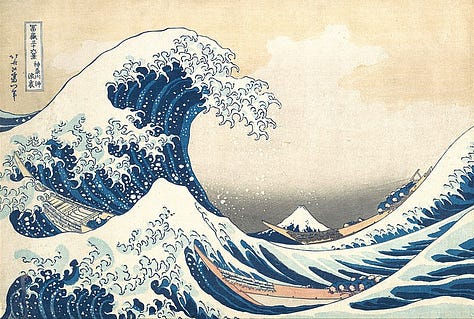
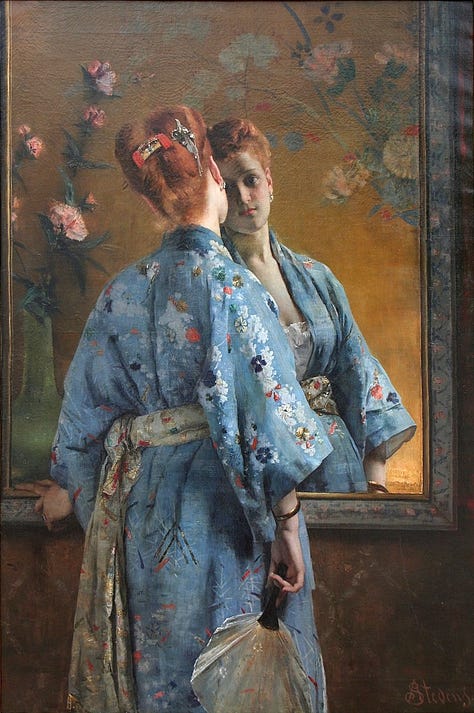
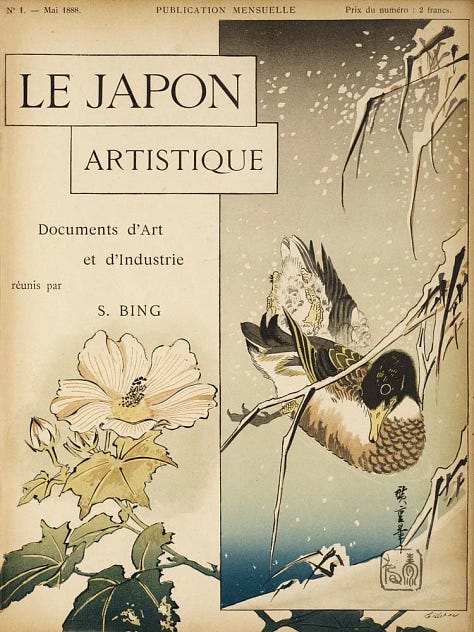
So, if there seems to be a strong influence of 19th-century Japanese art (especially Ukiyo-e woodblock prints like The Wave) on an artwork, it is probably Art Nouveau – although Japan had Art Deco, too.
By the time Art Deco overtook Art Nouveau in the late 1910s, the Western craze for Japanese art had largely died down – and a reverse process had begun. Western trends spread to Japan, causing artists to modify and integrate jazz, cigarettes, “flappers,” and other Western ideas into Japanese culture.
Further Reading
As I mentioned in the introduction, the intertwined history of Art Nouveau and Art Deco is an extremely complex topic – and one that cannot easily be summarized in a short post. If you want to learn more, here are a few excellent resources for getting started:
French Art Deco and Art Nouveau – Two essays by the Metropolitan Museum of Art in New York City
How Japonisme Forever Changed the Course of Western Design – An article in The New York Times about the influence of Japonisme on French (and subsequently all Western) art and culture
Meet the Designer of the Fanciful Subway Entrances to the Paris Métro – A brief biography of Art Nouveau icon Hector Guimard, whose work was featured in an exhibition at the Cooper Hewitt Design Museum in NYC

